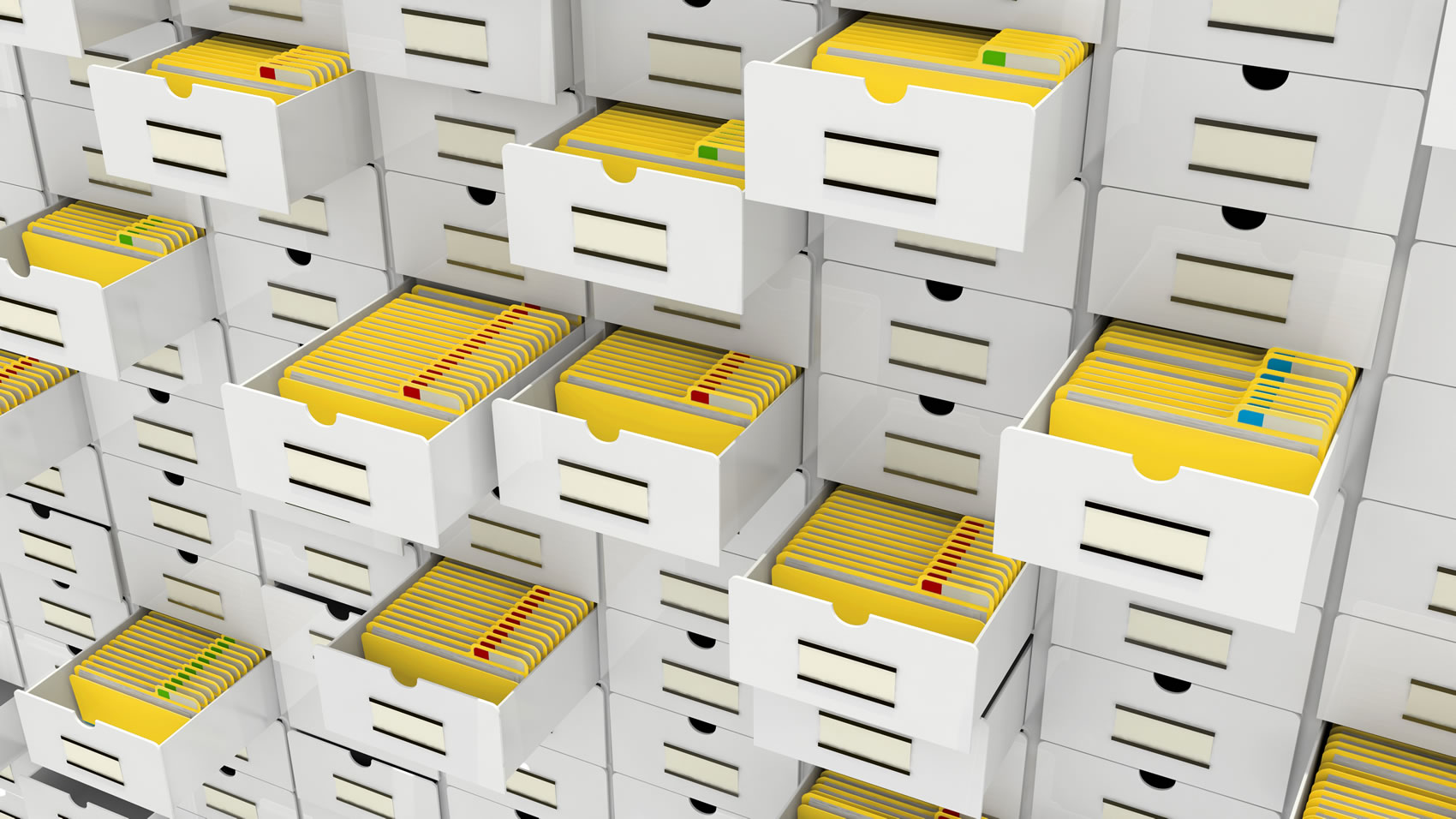In recent years both corporations and government organizations have become more aware of the importance of information management. It is not just considered as 'archiving' old information.
Objectives:
Corporate document and record management is not easy and now special focus is needed on:
- How to file your information – strategic filing
- Data quality control
- Class metadata folders – what do you scan and store
- What do you preserve – authentic records
- Determining validity and usage
- Audit security
- Audit trail – retention/disposition
- Data analysis, software analysis
- Procedures, specifications, etc.
It is being identified that in larger organizations like banks, the oil and gas industry, government organizations where workflow is recorded on a daily basis, data gathering and data management is seen almost as a knowledge garden with a trend analysis stemming from classifications of information.
This course will help you understand what electronic document and record management systems can do to improve organizational efficiency and profitability.
Who should attend?
All secretarial staff and electronic archiving.
Course Outline:
Module 1 - Introduction to Information Management
Elements of Information Management:
- Document management
- Record management
- Content management
- Knowledge management
Business Drivers for Information Management:
- Compliance
- Governance
- Efficiency
Standards for Information Management:
- ISO 15489 – records management standard
- TNA and MoReq – functional standards for EDRMS (Electronic Document And Record Management Systems)
- Legal admissibility – BIP0008 example for English jurisdiction
- ISO 17799 – information security standard and overlap with information management
Module 2 - Document and Record Management
Document Capture:
- Scanning
- Indexing and metadata
- Integration with applications
Storage, Search and Retrieval:
- Types of storage, corporate, personal, temporary, backups
- Controlled lists and thesauri
- References and unique identifiers
- Naming conventions
- Version control
- Redaction
Migrating Documents and Records:
- What migration is
- Why migrate documents and records
- When to migrate
- Data cleansing
- Responsibilities for and planning migrations
Distinction Between Document And Record Management:
- Long-term instead of short-term
- Role in compliance
- Software certification schemes – TNA, DOD 5015.2, etc.
The Role of the Classification Scheme:
- Types of classification
- Reasons for a classification scheme
- Standards and guidelines for classification
- Distinction between classification scheme and fileplan
- Examples of classification schemes
Access Controls:
- Access control concepts
- Security classifications
- Digital rights management
Retention and Disposal:
- Retention and disposal policies
- Retention and disposal guidelines
- The role of classification
- Destruction and transfer
Administration and Management Of EDRMS:
- User administration
- Fileplan maintenance
- Security administration
- Storage requirements
Module 3 - Compliance
Global Compliance:
- Basel II
- IFRS
- Sarbanes-Oxley
Legal Admissibility:
- Authenticity, integrity and availability
- Importance of policies
- Duty of care
- Procedures and processes
- Enabling technologies
- Audit trails
Digital Preservation:
- Different media
- File formats
Discovery and Disclosure:
- Events that trigger discovery and disclosure
- Steps required to respond
- Impact on the organisation
- Consequences of non-compliance
Module 4 - Implementing EDRM Systems
Different Streams to Implementation:
- Business requirements
- User requirements
- Technical requirements
- Policies and processes
- Project management requirements
Produce A Successful Business Case:
- Types of business benefit – tangible, intangible, strategic
- Categories of benefit
- Elements of a business case
- Approaches to making a business case
Business Requirements:
- Business process analysis
- Link to information
System Requirements:
- Functional requirements
- Non-functional requirements
Information Surveys:
- Identifying the purpose of an information survey
- Techniques for gathering information
- Documenting the findings of an information survey
Users and User Involvement:
- User interface
- Cultural impact of EDRMS
- Training requirements
IT Infrastructure:
- Components of an EDRMS solution
- Architecture of an EDRMS solution
- IT security and business continuity
- Testing strategies
Pilots and Model Offices:
- Distinction between pilot and model office
- Benefits, advantages and disadvantages
- Planning considerations
Roll Out and Execution:
- Pre-conditions necessary for a roll out
- Outline plan
- Nature of activities involved
- Fall-back position
WORKSHOP STYLE:
A mixture of short presentations, interactive discussion, individual exercises and group work. The emphasis throughout is on a practical approach using case material and examples.




